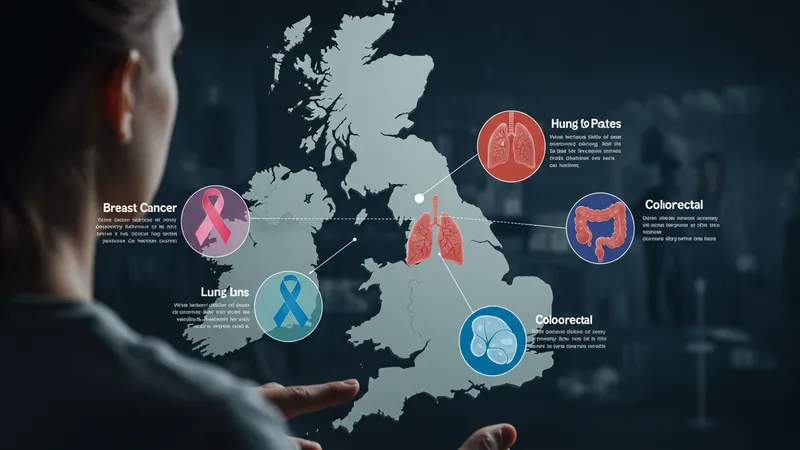
Understanding Cancer: A Complete Guide
Main Cancer Types and Their Prevalence in the United Kingdom
Understanding which types of cancer are most common in the United Kingdom provides essential context for prevention, diagnosis, and support strategies. The four most frequently diagnosed cancers are breast, lung, prostate, and colorectal, which together account for over half of all new cases. Knowing this allows individuals and healthcare systems to target educational campaigns and screening resources where they are most needed, improving early intervention and outcomes.

Breast cancer is the most prevalent cancer among women in the UK, with more than 55,000 new diagnoses each year. Significant investment from organizations such as Cancer Research UK and robust NHS screening programs have led to much higher early detection rates, contributing to improved survival. Lung cancer, meanwhile, remains the leading cause of cancer-related deaths, often diagnosed at a later stage, making screening and public awareness campaigns all the more critical.
Prostate cancer primarily affects older men, and its incidence has increased with improved diagnostic methods and a growing population of aging men. Macmillan Cancer Support has been especially active in providing information, resources, and advice specific to men facing prostate cancer, including mental health guidance and peer counseling. Colorectal cancer screening, offered nationwide by the NHS, has helped reduce mortality by detecting cases earlier, often before symptoms present.
Across the UK, the distribution of cancer types can vary based on regional differences in health behaviors, environmental factors, and access to healthcare services. Data shows that lung cancer rates are higher in areas with a history of heavy industry and tobacco use, whereas breast cancer rates are relatively elevated in urban centers. These patterns influence how charities and NHS trusts allocate support services, ensuring interventions are tailored and effective.